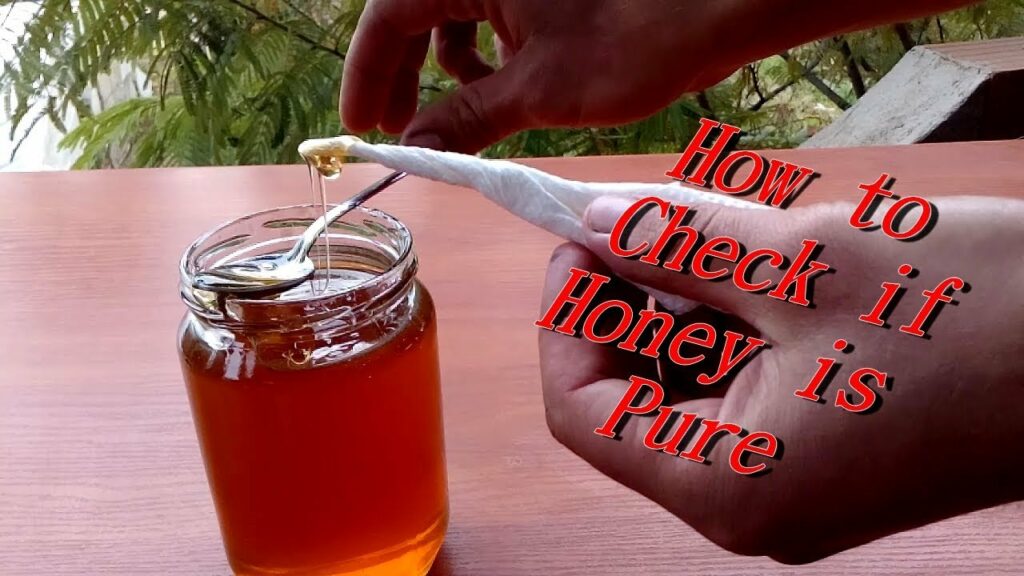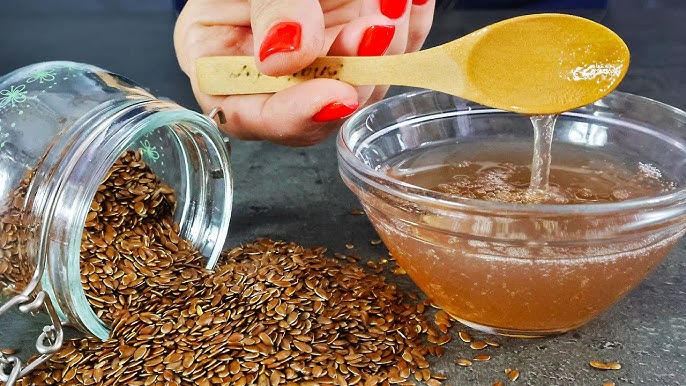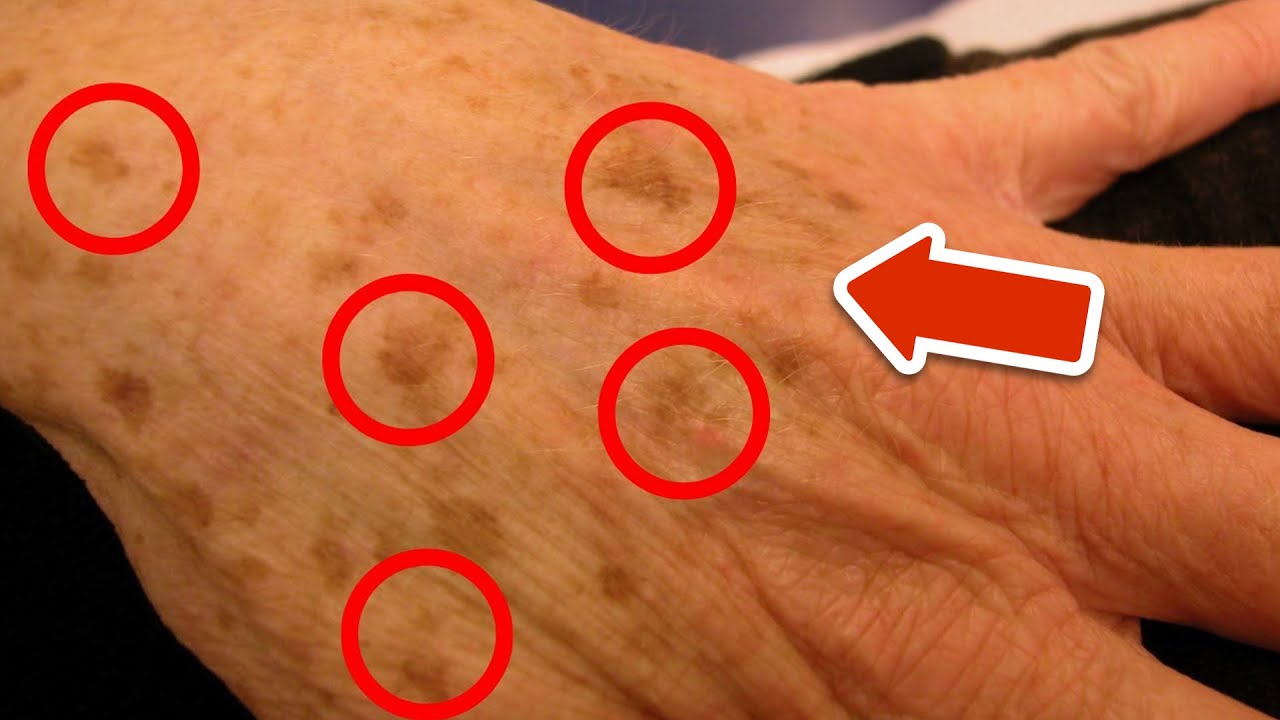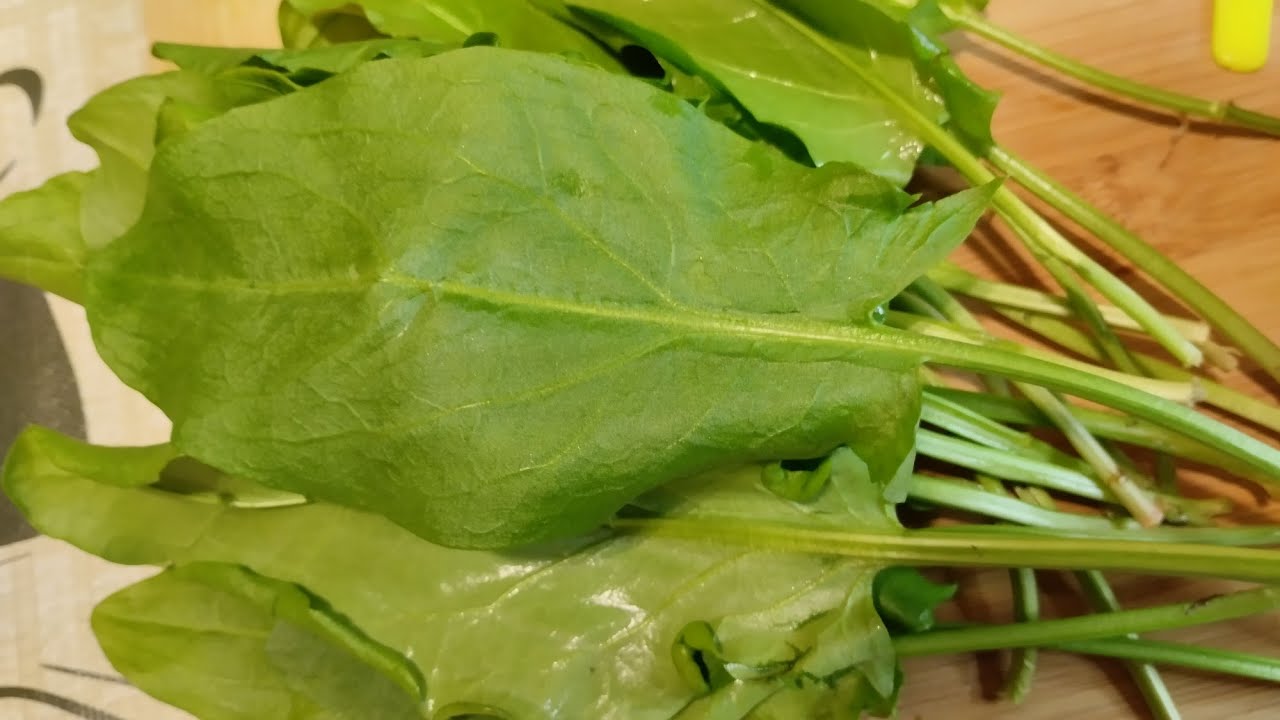
With the rise of adulterated honey on the market, it’s important to know whether the honey you’re consuming is pure or mixed with additives like sugar, corn syrup, or other ingredients. Luckily, there are several easy methods to test honey at home and determine its purity. Below are 5 simple tests you can use to check if your honey is pure.
1. Water Test
This is a quick and easy way to determine if your honey has been adulterated with water or syrup.
How to Perform the Test:
-
Fill a glass with water.
-
Drop a teaspoon of honey into the glass.
Results:
-
Pure Honey: It will settle at the bottom of the glass and remain intact without dissolving.
-
Adulterated Honey: If the honey dissolves quickly in the water, it likely contains added water or other impurities.
2. Thumb Test
This test helps determine the stickiness and texture of honey.
How to Perform the Test:
-
Place a small drop of honey on your thumb.
-
Wait and observe.
Results:
-
Pure Honey: The honey will stay intact and won’t spread easily, as pure honey is thick and sticky.
-
Adulterated Honey: If the honey spreads quickly or runs off your thumb, it may contain added water or sugar syrup.
3. Flame Test (Ignition Test)
Honey’s low moisture content makes it flammable. This test checks for the presence of excess water or other additives.
How to Perform the Test:
-
Dip a dry matchstick or cotton ball into the honey.
-
Try lighting the matchstick or cotton with a lighter.
Results:
-
Pure Honey: The honey-coated matchstick will ignite and burn easily, as pure honey is low in moisture.
-
Adulterated Honey: If the honey contains water or additives, the matchstick won’t light or will sputter.
4. Vinegar Test
This test helps check for impurities like chalk or added substances that can alter the consistency of honey.
How to Perform the Test:
-
Mix a tablespoon of honey with a small amount of water.
-
Add a few drops of vinegar to the mixture.
Results:
-
Pure Honey: There will be no reaction when vinegar is added.
-
Adulterated Honey: If the mixture begins to foam or bubble, it may indicate the presence of additives like chalk.
5. Heat Test
Heating honey can reveal whether it contains impurities like added sugar or corn syrup.
How to Perform the Test:
-
Heat a small amount of honey in a pan over low heat.
Results:
-
Pure Honey: It will caramelize quickly without forming bubbles.
-
Adulterated Honey: If the honey bubbles or forms foam, it may contain added sugars or other substances.
Additional Signs of Pure Honey
-
Texture: Pure honey is thick and takes time to flow. It is smooth when rubbed between your fingers.
-
Taste: Pure honey has a rich, complex flavor that lingers, whereas adulterated honey may taste overly sweet or artificial.
-
Crystallization: Pure honey will crystallize over time, especially in cooler temperatures, whereas adulterated honey may remain liquid due to added substances.
Conclusion
Using these simple at-home tests, you can easily determine if your honey is pure or if it contains additives. While these methods provide useful insights, it’s also important to buy honey from trusted sources and look for certifications like “raw” or “organic” to ensure you’re getting high-quality, pure honey.





